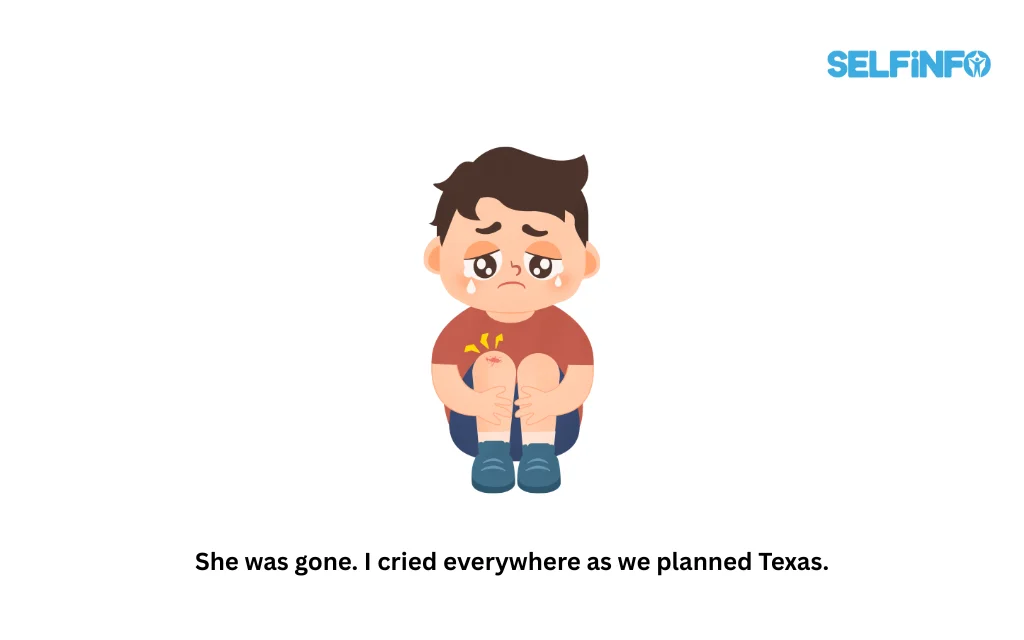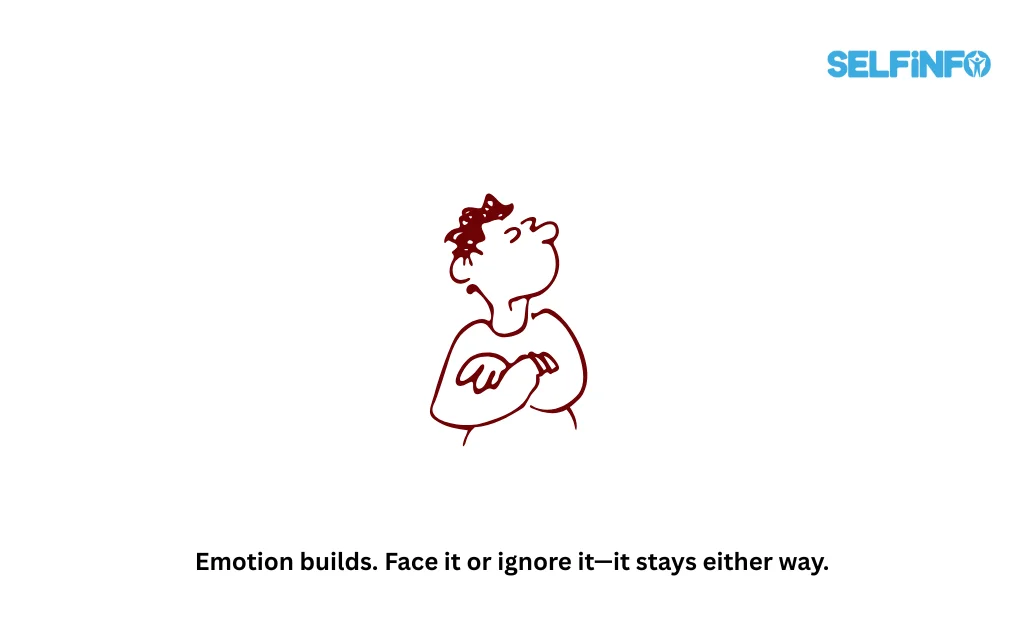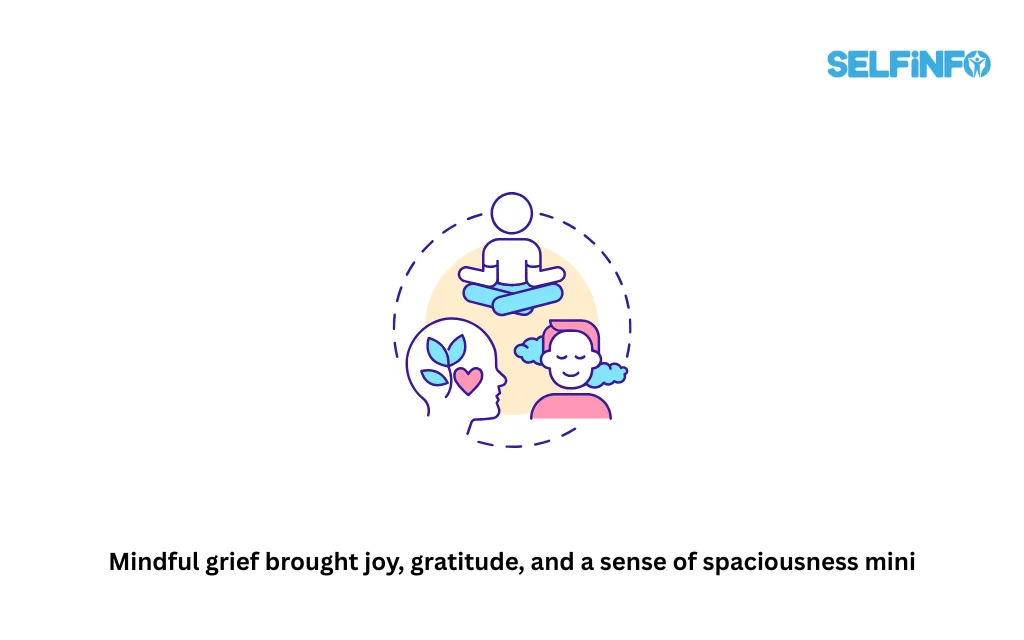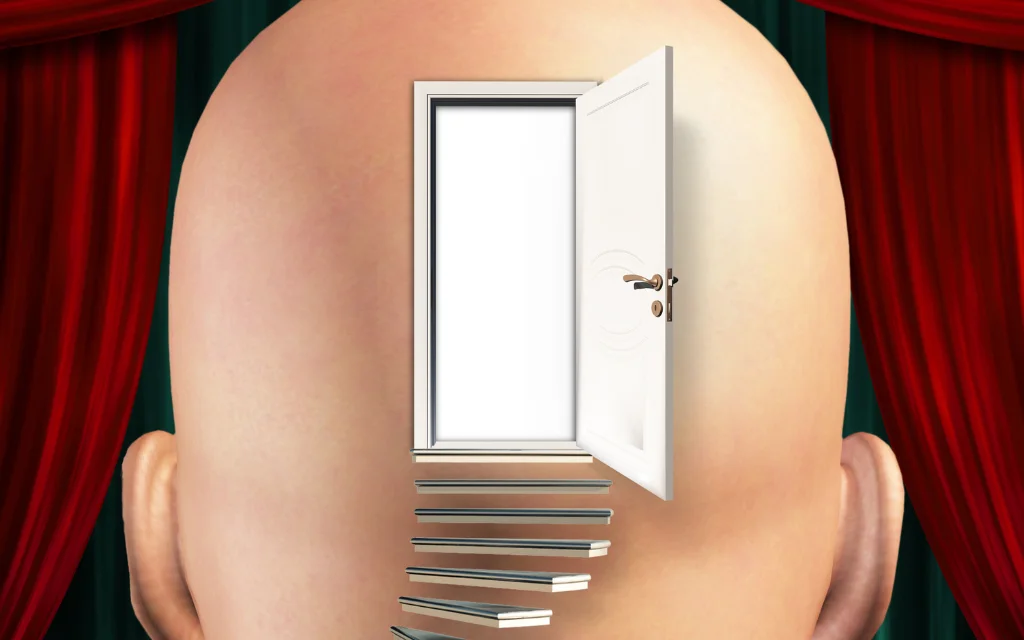Embracing pain through mindfulness helps us see our experiences fully—both joy and sorrow—though some moments are harder to face than others.
Being in physical or emotional pain is tough, and we frequently turn to our minds to find ways to divert our attention. However, something that seems like magic occurs when we are able to be completely present with our experience.
I learned about my mother’s illness at five in the morning on a Thursday. She was in her local hospital’s intensive care unit (ICU) and septic.
Although I was aware that sepsis was a dangerous condition, I also knew that it was manageable, particularly for someone her age (69). I talked to my aunt, who was with her, and then carried on with my day.
As usual, I made sure my children put on their shoes before dropping them off at school and having breakfast. That day, I had a lot to do. Additionally, I was going to assist a buddy with moving some boxes to her new place. Throughout my morning, the notion of my mother in the hospital followed me around like an inquisitive stranger.
It was a strange late April day. It was cooler than typical for that time of year, yet the sun was out.
My buddy and her husband were moving some of their boxes up to the stairs to their new apartment while I stood outside by my car. I walked over to a tiny meadow between two houses because I was impressed by how clean the air was.
As I stood there, I considered my mother and the seriousness of her predicament. My body and mind were overwhelmed by it, and it appeared to be pleading with me to remain and be it.

Everything was quiet for a while. Tiny flakes of snow had hit it and melted, causing it to shimmer as it looked out over the field. A couple of goats were happily nibbling on the grass.
I took a deep breath. I could feel my feet hitting the floor and my breath coming in and going out. My eyes welled up with tears, and I realized how severe my mother’s condition was, even though everyone else seemed to think she would recover.
The next day, I sobbed to my husband, “I feel like this is it.”
Her cardiologist had barged into her room the previous evening as I was speaking with my aunt on the phone. We had been debating when and whether I should go there, but we had agreed to hold off for a few days to observe how the infection was responding to therapy.
Her doctor was incredibly upbeat when he arrived. He said, loud enough for me to hear over the phone, “Her heart is strong!” He was a resolute optimist, yet something was wrong. Although her vital signs were stable, she was nearly non-responsive.
My spouse replied, “Your mom always seems to get better.” He was correct. She had been ill for a very long time. Numerous chronic, autoimmune illnesses, but nothing fatal.
He answered, “I think she is going to be alright.”
“I am not sure. It feels different this time. “I said.”
A day later, I purchased a ticket to the United States. After spending a night with my dad, we were going to pick up my younger brother in Chicago and do the more than six-hour drive to El Paso, Texas, where my mom had been residing for the past two years in order to be near her sister.
My aunt texted me the morning after I got to Chicago, urging me to give her a call right away when I was getting ready to leave to pick up my brother. My mother had suffered a heart attack. She remarked, “They have been attempting to revive her for the last twenty minutes. Should we continue?”
Abruptly, I found myself standing in my own body within the moment I had feared so much as a child. I had been handed the gavel to decide whether to end my mother’s life, in addition to the fact that I was facing her death. The choice was agonizing, but not difficult. Every sound in the room, even the strong beat of my own heart, was audible to me.
“Leave her alone,” I said.
After telling my dad she was gone, I hung up the phone and went outside to collapse.
My aunt called me back a few minutes later. Although it would not last long, they had succeeded in bringing her back. They hoped she would live long enough for us to bid her farewell. My brother and I spoke into my aunt’s ears from two separate phones as a result.
As we told her the final things we would ever want her to know, we could hear each other talking. In the background were the beeping and hissing sounds of the heart monitor and ventilator.
I sobbed, “Mom, I swear to you, Aaron will never be alone.” (She had been always concerned about him.) “I am his family and always will be. I swear that my kids will know you, and I love you and will miss you. Please know that you are free to leave at this time if necessary. We will be alright.
My brother sobbed, “Thank you, Mom, for making me
Even though she was gone, we still had our vacation to Texas to plan. Every store, eatery, airport check-in, terminal, and restroom we visited that day must have made me cry.

While waiting to board our trip to Atlanta at the Chicago airport, I observed a woman seated across from me. She was holding an iPad while perched on the edge of her seat. She had elderly hands that were painted with wrinkles and liver spots that showed their character.
They made me think of my mother’s hands, which were often decked out in asymmetrical turquoise and faux gold rings. To help me recall the shape of her hands, I had even once snapped a photo of them.
I pictured this woman as my mother—the robust, living version of her who would visit me in Switzerland, something she would never do during my eight years abroad.
I sobbed while clinging to my brother. I cried when I thought about her and the challenging life she had led during quiet times. I cried when I had to confront the truth.
The energy of grief is so powerful and intense. When it does arrive, it is demanding and instantaneous. Grief is such a potent human emotion that certain societies have rituals around it that allow people to face and communicate it as well as the storm it causes inside our bodies and thoughts.
The unfathomable, visceral anguish we experience when faced with loss is actually referred to as grief. That loss hurts so much that it needs to be expressed.
“How about shedding your tears without shame? Why do not we grieve each one separately? This experience is reflected in the lyrics of a song. Alanis Morrisette, “Thank you, India.”
The song’s questions are rhetorical invites to think about what it may be like to accept everything—pain, loss, love, joy, and melancholy. Everything. Without assessing our experience, without our thoughts putting more layers of shame, guilt, or embarrassment on top of it when we feel the need to communicate it. Contrary to the belief that being strong entails not giving up.
In actuality, magic happens when a strong emotion is accepted.
However, there is not anything particularly miraculous about it. It goes like this: An emotion’s energy starts to grow inside of us, and we can either face it head-on and interact with it or ignore it. It does not go away when we turn our backs on it.

Grief can be fully expressed when we are able to meet it at the door with awareness. We feel the feeling exactly as it is. It gives our body life; our eyes well up with salty tears that soak our clothes, and our chest rises and falls. It rises and rises, then falls away again, like a wave.
The problem is that, if we let it, grieving may truly soothe our bodies. The ensuing serenity has the appearance of magic and is a genuine physiological phenomena, yet it also feels like a restoration to life’s natural flow.
While some individuals reject grief at the door, others allow it to become a part of their lives. In order to work with sorrow thoughtfully, we must be able to both confront the strong energy of grief as it arises and let it to pass through us without being distracted by thoughts that would make it into a narrative about our misery.
Every wave of grief I faced with mindfulness was accompanied with a sense of joy and thankfulness for this priceless life, as well as a large space that opened up around my experience.

My mother’s heart was ultimately broken by the sickness. This was not inconsequential for a lady who could “never be loved enough.” The many medical procedures they had tried to save her in her final days made her dying agonizing. Throughout her life and death, she endured a great deal of physical and mental suffering.
In actuality, there were a lot of unpleasant realities about that encounter. There were a lot of occasions during that trip that made me cry. I was torn between celebration and destruction, rage and frustration, and complete acceptance of what had happened to my mother. However, I held all of these realities simultaneously while practicing mindfulness.
I learned how inadequate any description of her looked to me in the vast open space of experience that mindfulness enabled.
Stories about the positive and negative sides of dating someone were flipped, and the positive and negative elements appeared to merge into something far more ambiguous and devoid of meaning. A complex tapestry of life on Earth and everything that goes along with it.
A few months later, grief still occasionally knocks on the door in search of a voice. It either goes with a music or follows an image. I give it what it needs while meeting it mindfully. Additionally, it no longer blocks the entryway after it has gone past me. I am able to observe.
